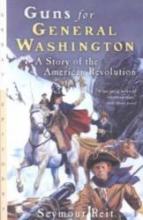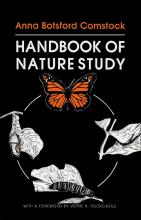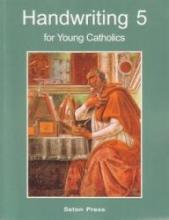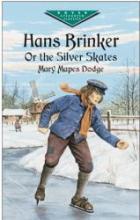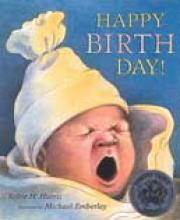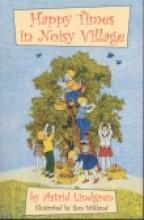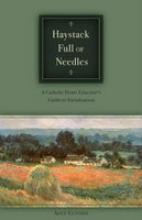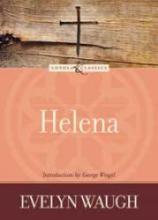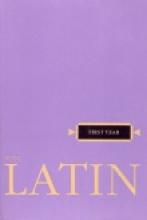No name
Guns for General Washington. A Story of the American Revolution
Handbook of Nature Study
This is a very informative handbook on a large portion of nature, originally written for elementary school teachers. It covers wildlife, insects, farm animals, birds, fish, trees, flowers, weeds, vegetables, rocks, minerals, soil, climate, weather, magnets, the sun, moon, planets of our solar system and much more. According to the 1986 foreword, most of the living things described are common in the northeastern states of the U.S. but it covers a lot of material that would be helpful in other parts of the country as well. I've hardly begun to use this resource, but it looks like an excellent reference for all of those questions children want to know about the world around them. It can also be used as a teaching tool and studied more systematically as there are simple lessons designed to be used with children included with each subject. As the lessons are designed to work with real observation of the plants, they are particularly appropriate for a home school. The book is profusely illustrated with black and white photos. I would guess that there's an average of two photos per page. The language is a little archaic and some of the words would be a little difficult for younger children.
Copyrights 1911/1939
Handwriting 5 for Young Catholics
Hans Brinker Or the Silver Skates
Hans Brinker is a story designed to bring children of the 19th century (from around the world) an understanding and appreciation of the culture, traditions and history of Holland. The story focuses on the Brinker family. Ten years before the story begins, the father was seriously injured working on the dikes (which keep the water out of the reclaimed land of Holland), leaving him with the intelligence of a small child. Mrs. Brinker struggles to meet ends while remaining faithful to her husband's wish to never sell a watch he had given her. The two children, Hans and Gretel, are shunned by many at school for their shabby clothing. Meanwhile the story develops with a number of Hans' schoolmates who take a skating trip along the frozen canals through several important Dutch cities. The boys visit various churches and museums, allowing the reader to be impressed by many interesting tidbits from Holland's history. In the end, Mrs. Brinker and her family's perseverance and faithfulness is greatly rewarded. A heartwarming classic tale and a great read-aloud for the family.
Happy Birth Day!
Happy Times in Noisy Village
Haystack Full of Needles
Helena
Part of Loyola Classics Series
Henle Latin, First Year
Henle's First Year Latin is the book I studied as a homeschooled high schooler under the care of a great old Jesuit priest who left his position as a Latin and Greek professor at the all-boys Jesuit high school for a few hours each week to teach Latin to a small group of homeschoolers.
This is a very straightforward, but reasonably engaging text that focuses on a vocabulary list that will allow students to begin to read the works of Caesar in the Second Year. The real strength of this text is that it teaches the grammar in a way that provides students with the thinking and learning skills that are the hallmark of the study of Latin. (This is, of course, useful, even if the students don't go on to Henle II.) As a student, I complained a bit about the numerous stories involving soldiers and dead bodies, but I really enjoyed the course and was grateful for the jump-start in Latin before the more intense Latin studied at Thomas Aquinas College.
I like the way the text is broken up into two books - a Grammar book which lays out all the noun and verb endings, grammar rules and other basic stuff that will be useful through all four years of Latin; and the text itself which is much less intimidating when broken up in this fashion.
Overall, compared to other Latin texts I've used, this program seems particularly balanced in not being too overwhelming, but also not holding back on giving you enough of the big picture to make things clear. Also, the vocabulary is presented in an organized and logical fashion. To explain more fully, I quote from the preface: "It is rather common practice in Latin textbooks to set down a limited vocabulary for mastery, but to employ many more words in the reading material. First Year Latin limits its vocabulary for use largely to its vocabulary for mastery, and this vocabulary, incidentally, is drawn largely from the Caesar readings that will be taken in second year." I think this makes for a more useful, user-friendly text, particularly for families who are new to Latin.
Despite the emphasis on Caesar, this is a Catholic text and offers quite a bit of exercises and vocabulary relating to the faith. It would still be beneficial, however, to supplement the text with Latin hymns (from sources such as Lingua Angelica and The Adoremus Hymnal) and prayers.
Laura Berquist has written a syllabus/study guide for the Henle Latin which can be purchased from Emmanuel Books. Seton Home Study offers a Henle Latin course which includes lesson plans and telephone assistance from a Latin teacher. There is also a support-group e-mail list for those studying Henle Latin.

